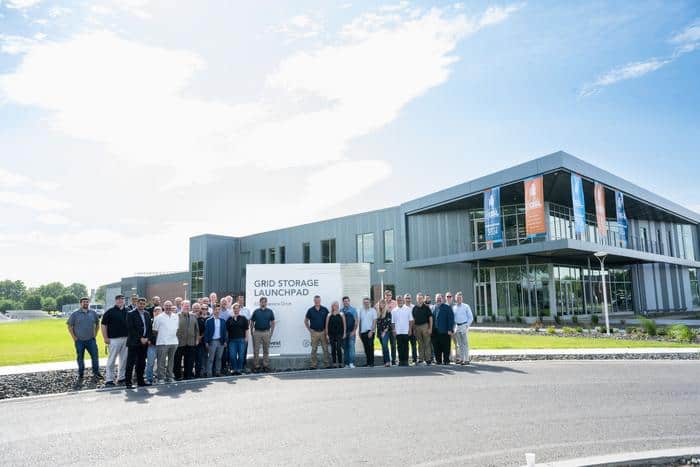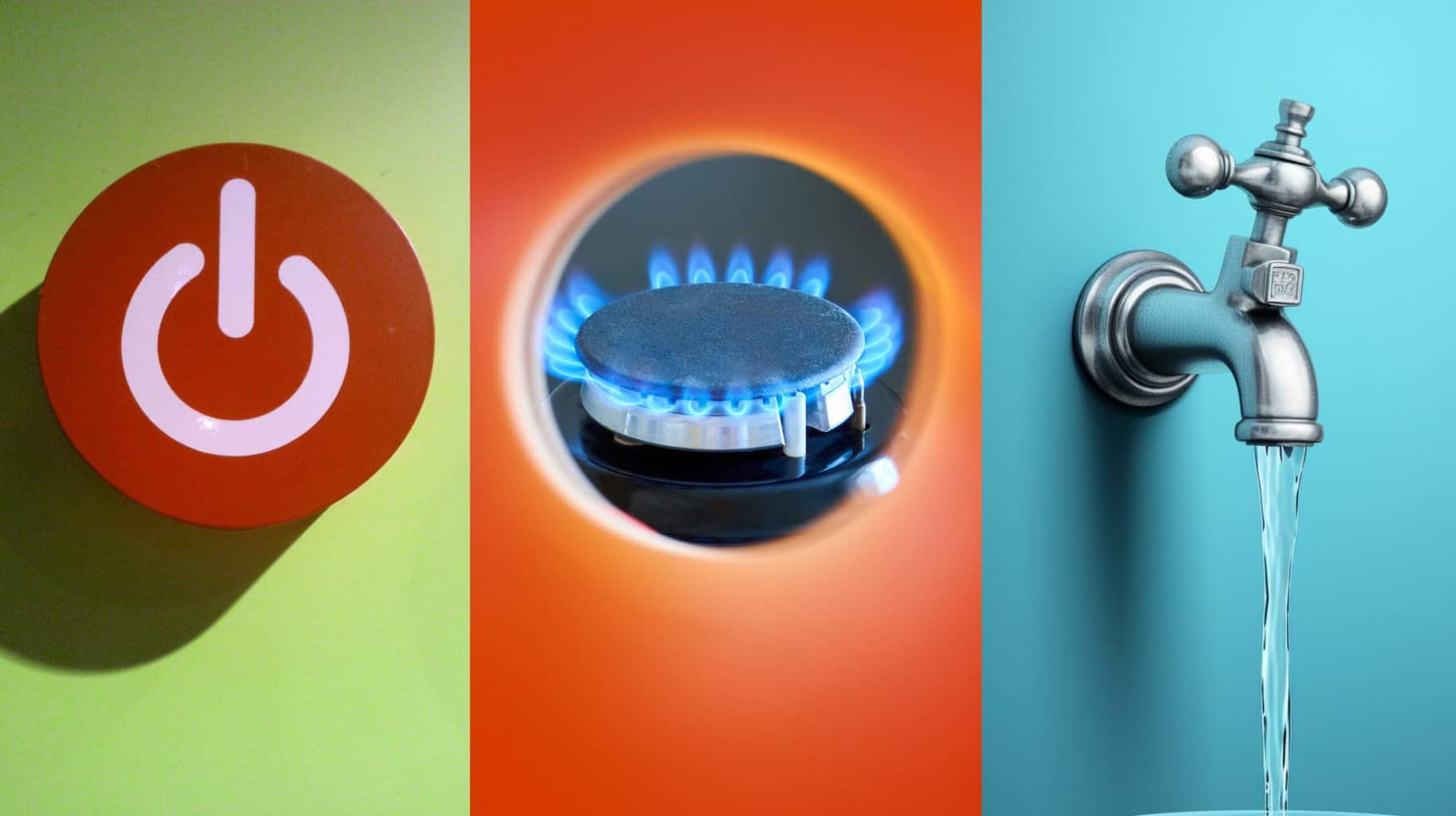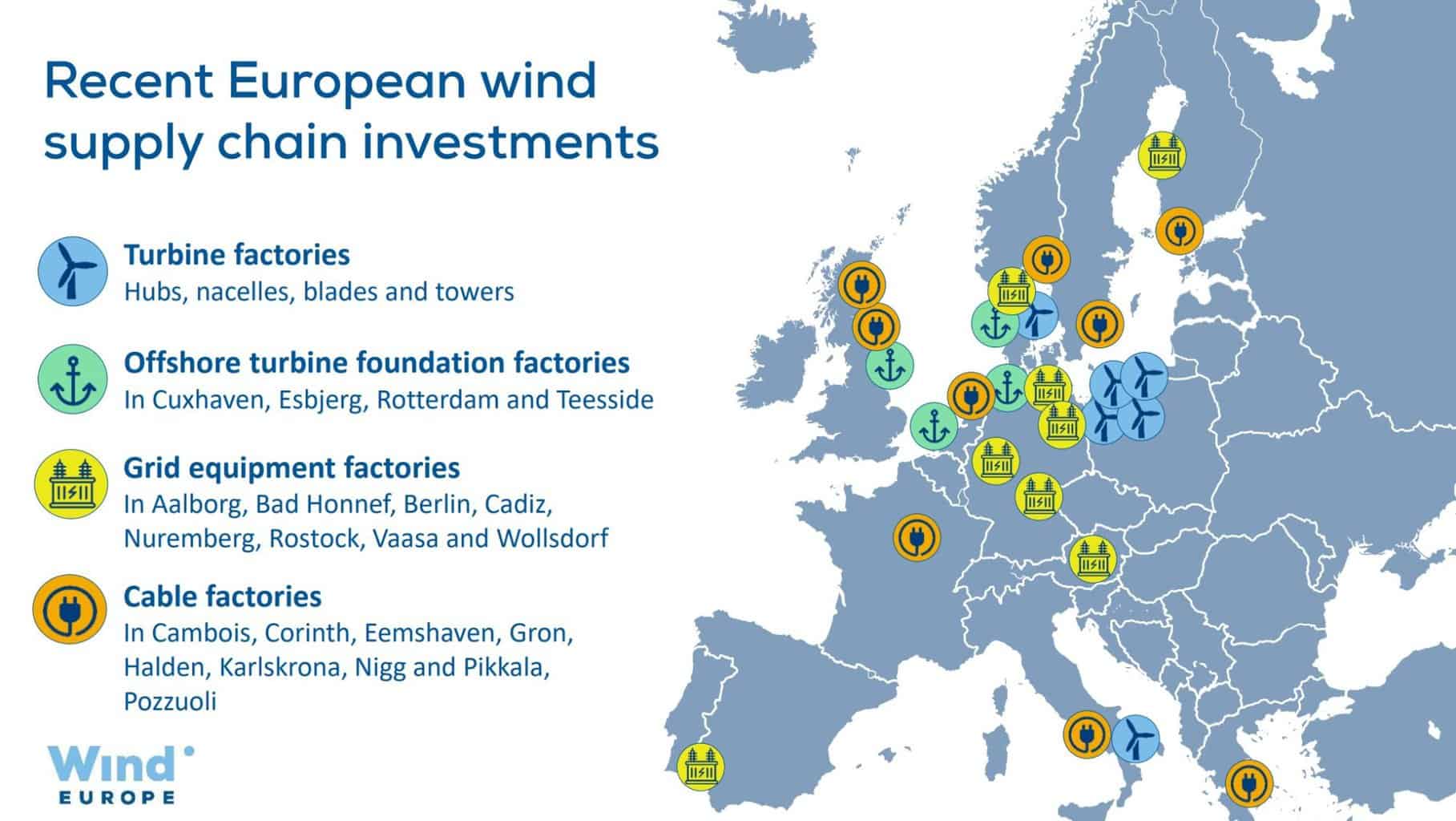The US Department of Energy (DOE) has inaugurated the cutting-edge Grid Storage Launchpad (GSL) at Pacific Northwest National Laboratory (PNNL), marking a significant advancement in energy storage innovation. This 93,000-square-foot facility is poised to become a central hub for grid storage technologies, bringing together top scientists and engineers from various national labs, academia, and industry. The GSL will play a crucial role in developing and validating novel battery materials, chemistries, and systems, essential for a resilient and decarbonized electric grid. With a focus on renewable energy storage solutions, researchers at GSL will explore alternatives to critical materials, investigating Earth-abundant elements like carbon, sodium, and zinc for long-duration grid energy storage systems. The facility’s integrated approach spans from basic research to real-world testing, ensuring that advancements in battery research and development meet the growing demands of electric transportation and grid stability. Beyond research, GSL will serve as an educational center, fostering collaboration among federal laboratories, utilities, and industry partners to address the challenges and opportunities in energy storage. This investment in energy storage technologies is a critical step toward a cleaner, more resilient energy future, supporting the nation’s transition to sustainable energy systems.

The opening of a cutting-edge facility at Pacific Northwest National Laboratory (PNNL) by the US Department of Energy (DOE) is a step in the development of energy storage technologies.
This state-of-the-art, 93, 000-square-foot research facility, known as the Grid Storage Launchpad ( GSL), is set to play a key role in developing innovative energy storage technologies that will fortify the nation’s electric grid and support the growing demand for electric transportation.
Laboratory Director Steve Ashby explained: “SL will house some of the world’s most accomplished scientists and engineers from PNNL, different national labs, academia, and industry—working together to develop real-world solutions that will benefit our nation and the world”.
Driving energy storage innovation through collaboration
The novel facility, funded by DOE’s Office of Electricity in collaboration with the Office of Science, consolidates PNNL’s energy storage researchers under one roof.
The GSL is set to become a hub for innovation, fostering collaboration between research institutions, industry partners, and government agencies.
Researchers will focus on developing and validating novel battery chemistries, materials, and systems, all while testing these advancements under real-world conditions.
Vince Sprenkle, the first director of GSL and a leading energy storage expert, emphasised the facility’s integrated approach:” GSL is certainly an integral facility that incorporates everything from basic materials research to testing 100-kilowatt batteries.
” Energy storage will be a major part of a resilient and reliable grid that’s totally decarbonised, and GSL will help us get it.”
Developing innovative energy storage methods for a responsible future
The US’s efforts to achieve its clean-energy goals and modernize its energy infrastructure come at a crucial time with the launch of GSL.
Especially as renewable energy sources like solar and wind become more prevalent, developed energy storage technologies are required to stabilize the grid.
GSL’s distinctive capabilities will speed up the development and deployment of novel battery materials and systems by ensuring the thorough evaluation of novel battery materials and systems.
The facility is especially well-suited for exploring alternatives to existing important materials, with researchers set to investigate new battery chemistries utilising Earth-abundant elements such as carbon, sodium, iron, and zinc.
These elements hold promise for long-duration grid energy storage systems, including flow batteries, which are emerging as a vital solution for ensuring grid reliability.
Education and collaboration at the core of GSL’s mission
Beyond its research initiatives, GSL will serve as an academic centre, providing training for technicians, first responders, grid operators, and safety officials.
This focus on education highlights the importance of collaboration among federal laboratories, utilities, academia, industry, and government to address the challenges and opportunities presented by energy storage technologies.
The energy storage industry, which is essential to modernizing the US energy grid, will be transformed by this new Grid Storage Launchpad, according to Geri Richmond, the DOE Under Secretary for Science and Innovation.
The scientists and researchers who conduct everything from small, prototype batteries to big, grid-scale battery systems will help us enter a new world where energy storage is safer, more durable, and more affordable.

A vision for a cleaner energy future
The GSL facility, which will house 30 laboratories and about 100 researchers, represents a significant investment in the nation’s energy future.
With funding from national sources, Battelle, PNNL, and the state of Washington, the project underscores a shared commitment to advancing energy storage technologies.
The work at GSL will be important in ensuring that new battery technologies meet industry needs and contribute to a more sustainable future as the country moves toward a cleaner, more resilient energy system.












